Reflections: Murray Sargent III
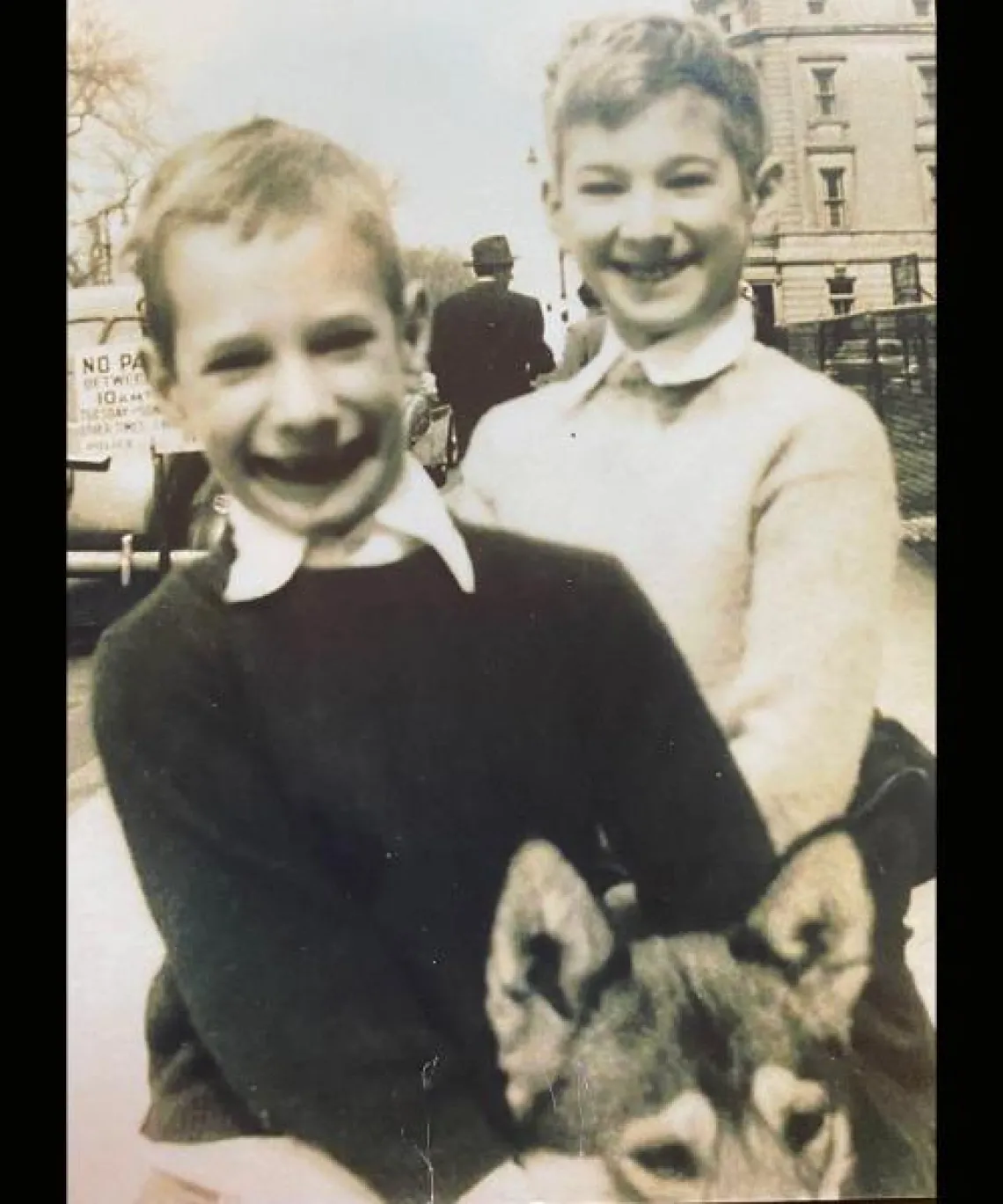
Tom (L), Murray and Nomie
At first it seems like magic, but it's really just plain logic.
Murray Sargent
As a theoretical physicist, and part of the Optical Science Center’s original quantum optics group, most of Professor Emeritus Murray Sargent’s work was abstract and highly mathematical. Worried that he was becoming “out of touch with reality”—and fascinated by microcomputers—Murray computerized his house. This was in 1976.
I felt I needed to know how electronics worked. I ran at least two miles of wire around inside the house, even up into the small spaces of the attic. To reach the tight spots, my young daughter ran the wires for me. Once installed, the system controlled lighting, heating and the front door. It was pretty avant-garde back then. My children didn’t need a key to get in after school—they typed a code into a keypad to unlock the door. I think the neighbors were quite amused.
Early Life
Born 18 August 1941, to Murray Jr. and Lucy Garfield Sargent, in Manhattan, NYC, his family moved to Miami, Florida, in December for his father’s job in military intelligence. Two years later they moved to Fairlington, Virginia, then back to Manhattan in 1946 at the end of WWII. Murray attributes his love of the outdoors to summers spent with his grandparents at their Mountainy Pond lake house—southeast of Bangor, Maine—and to being dragged through Central Park by his dog, Nomie, an Alaskan husky wolf mix from Nome, Alaska.
The brownstone the family was living in on the Upper East Side was torn down in 1952 to make way for an “ugly” high-rise, so the family moved once more to Westport, Connecticut, where Murray and his siblings (Tom, Hale and Cynthia) would grow up. Murray’s father commuted daily by train to NYC, where he was an attorney, and his mother was an avid gardener and writer of craft books. Murray attended Westport public schools until his junior year in high school, when he transferred to the Taft School in Watertown.
Yale
After graduating from Taft in 1959, Murray followed the tradition of his family, tracing back many generations, and became a “Yale Man.” His great-great-grandfather, Joseph Bradford Sargent, was the founder of Sargent & Co., and Mayor of New Haven for three terms. “Ironically, at the time, Yale used all Sargent locks and Harvard used Yale locks.”
During Murray’s undergraduate years at Yale College, he decided to major in theoretical physics—combining his love of math with “cool applications to the real world.” After completing his senior project, Murray approached Nobel Laureate Willis E. Lamb Jr. with the hope of securing him as his graduate advisor.
I had studied laser resonators for my senior project which led me to tell professor Willis Lamb, quite presumptuously, that I had some ‘expertise’ in his field of interest—hoping that he might take me on as a grad student. He replied, with that wry sense of humor of his, that he was ‘always interested in people with expertise, as he had so little of his own!’ It was the start of a long and fertile collaboration on laser theory.
While working on his PhD dissertation on laser theory, Murray began using a “nifty (for that time)” vector plotting program by Grey Freeman at Yale’s computer center. Grey’s program offered draftsman quality labeling of plots including Greek letters and some math symbols. In 1966—along with fellow grad student, Marlan Scully, and professor Lamb—Murray made his first computer movie, Build-up of laser oscillations from quantum noise. Calculations were run at the computer center, then the tape with the image data was shipped to Bell Labs in Murray Hill, New Jersey. You can see this movie by thumbing through the corners of Applied Optics, November 1970.
Murray was a very good computer programmer and also was able to get the computer to draw things on a [Stromberg-Carlson SC4020 printer they had at Bell Labs]—they also had a facility for transferring the image to a television screen that was photographed. If you could get the pictures side-by-side on a strip of film, then Murray found out that there was a program that could convert such a series of pictures into a moving picture.
(Willis Lamb, 1985, May 10, American Institute of Physics Oral History)
Bell Labs
After receiving his PhD in Physics in 1967, Murray accepted a position at Bell Telephone’s research and development facility in Holmdel, New Jersey, to continue working on laser physics. After a year, he became intrigued by the idea of labeling graphs with real built-up (2D) mathematical expressions. To this end, he created the SCROLL (String and Character Recording Oriented Logogrammatic) language, which was the first language capable of typesetting mathematical equations on a computer.
Admittedly, SCROLL’s typography was pretty limited in contrast with TeX, Word 2007 or other sophisticated systems—for example, the user had the responsibility of spacing the math. But it was the first program capable of displaying built-up math, and it was really fine for that time to be able to nicely show labeled results at various conferences.
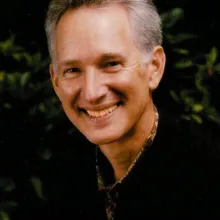
Optical Sciences Center
In 1969, Marlan Scully—who was then an associate professor at Massachusetts Institute of Technology (MIT)—approached Murray about the University of Arizona’s new Optical Sciences Center (OSC) in Tucson. Marlan had accepted a faculty position at OSC, and encouraged Murray to join him to work more on laser theory and to write Laser Physics, a textbook they had always talked about writing jointly with Willis Lamb.
For a North Easterner, I was fascinated by the prospect of moving to Tucson—it seemed like an interesting place to start seeing the rest of the world. Furthermore, Helga, whom I had married in May 1967, preferred Arizona over New Jersey. So instead of making a move to Bell Lab’s computer science group in Murray Hill, I accepted a job as an assistant professor at OSC—and Helga, our young daughter, Nicole, and I headed west. Our second daughter, Tina, was born shortly afterwards in Tucson.
Once at OSC, the book became a reality. Murray led the writing effort, and also personally typed over two-thirds of the manuscript using a superb new kind of typewriter—the IBM Selectric.
What an improvement over the older IBM typewriters! It had these handy type balls that you could exchange—instead of having to swap out the keys—to achieve multiple typefaces such as symbols and italics. Our book, Laser Physics, was typeset in South Korea, and the problems I encountered due to symbol confusion (subscripted superscripts, integrals and the like common in laser theory), tweaked my interest in preparing technical documents using a computer.
Computer Science Department
While a grad student at Yale, Murray had learned to program in MAD and SNOBOL3—the latter was coauthored by Ralph Griswold, the head of the Programming Language Research Group at Bell Labs. After graduating, Murray met Ralph while working at Bell Labs and became good friends.
By 1971, I had started teaching comparative programming languages in a special studies computer science program hosted by UA’s Department of Electrical Engineering. It seemed to me that computer science was important enough to become its own department. So, I asked Ralph Griswold if he would be interested in running such a department. The time for a change was perfect for him and he became UA’s first professor of computer science—later turning the special studies program into the Department of Computer Sciences.
For a year or so I had a joint appointment in optical sciences and computer science. But Ralph pointed out that I should choose one or the other since both disciplines were so intense. I had just completed the ‘Laser Physics’ book and it made sense to concentrate on optical sciences.
Laser Physics Research
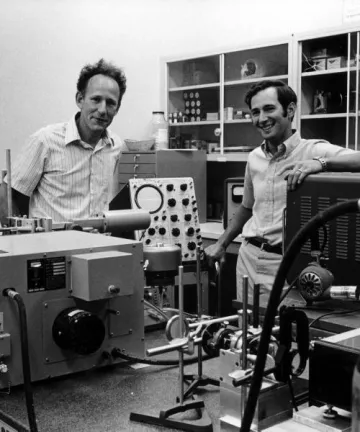
Steve Jacobs (L) and Murray Sargent
In those early years at OSC, the research areas of the quantum optics group included a wide variety of nonlinear interactions of electromagnetic radiation with atomic, molecular and solid-state matter. Murray worked on theories of many laser phenomena including multimode lasers, ring lasers, distributed feedback lasers and mode locking.
From 1975-1976 Murray spent his sabbatical, as an Alexander von Humboldt Senior Scientist awardee, in Stuttgart, Germany. There, he worked with Hermann Haken at the University of Stuttgart and with Hans Queisser at the Max Planck Institute for Solid-State Research. In the 1980s, Murray spent several summers at the Max Planck Institute for Quantum Optics in Munich, working with Professor Herbert Walther and his post-doc, Pierre Meystre—applying his research to a variety of laser spectroscopic areas including resonance fluorescence, probe absorption, quantum multi-wave mixing and the generation of squeezed states—eventually leading to co-authoring the book, Elements of Quantum Optics, with Pierre.
When I was in Germany, working with Professor Walther, the publishing company, Springer Verlag, desperately tried to get him to write a book. He was so busy he needed somebody to start working on the book with him, and he asked me if I would help.
Around this same time, Murray Sargent was visiting Munich and I talked with him about the book, and the idea kind of caught his fancy. So, Murray and I started to work on this book together in Germany, but only during the summers when he would visit. (In the end, Walther never found the time to do anything with the project.) The writing dragged on and on, until I finally came to OSC in 1986 as a professor of optical sciences, and we decided to give it the final push—publishing the book in 1990.
(Pierre Meystre, 2015, March 20, American Institute of Physics Oral History)
Eventually, Murray began to focus his research on the underlying physics and operational principles of semiconductor lasers. This work is outlined in the book, Semiconductor-Laser Physics, with Stephan Koch and Weng Chow, published in 1994.
PS Technical Word Processor
Although concentrating on optical sciences, Murray still could not resist “tinkering” with microcomputers. Around 1978, Willis Lamb (at OSC since 1974), loaned Murray a Diablo daisy-wheel printer to go with his IMSAI Z80 microcomputer. To obtain proportional spacing, Murray wrote and installed a printer driver. Shortly afterwards, Murray and professor Rick Shoemaker, “another microcomputer addict,” wrote a book called, Interfacing Microcomputers to the Real World.
In the words of Nobel Laureate, Theodor W. Hänsch—then, professor of physics at Stanford University—and published in the May 1, 1981 issue of “OSCillations,” this is a little gem of a book that makes fascinating reading from beginning to end. It will be warmly welcomed by laboratory workers, graduate students, teachers, computer hobbyists, and other 'nonexperts' who would like to understand how microcomputers work and how these low-cost marvels can be trained to control many different devices in sophisticated ways. The book, complete with hands-on exercises and sample programs, is written not only with enthusiasm and good humor, but with a clarity and attention to detail that has become rare in this explosively growing field.
To typeset the math in the book, Murray wrote a word processing system, PS Technical Word Processer (PS), with the ability to recognize and interpret mathematical formulas typed on a line. “It was positively wild watching the printer type the symbols in place after printing the main text.” Eventually PS evolved for use on IBM Personal Computers (PCs) and to accommodate the Hewlett-Packard (HP) laser printer, and Rick and Murray updated their microcomputer book to The IBM-PC from the Inside Out.
It did not take long before OSC’s faculty and students were taking advantage of Murray’s ingenuity and generosity—using free copies of PS to typeset their technical papers. John Hayes (PhD ’84) was one of the first to use a PC to write his dissertation.
I recall there were six of us at OSC that ordered the very first IBM PC from a local shop. At the time, the IBM PC had 8K of RAM, a 4.77 MHz 8088 CPU, no graphics card, a single 128K single-sided 5.25” floppy drive (no hard-disk) and cost $6,000! The new PC looked cool on my desk, but the big problem was there were only three pieces of software available—Microsoft BASIC, a recipe/cooking program and Microsoft Adventure, a text-based game.
Murray had just written a word processor called ‘PS,’ and was giving it away free to faculty and students. In the beginning, it was text-based and pretty limited, but it worked and it included a macro-language that I immediately learned—giving me the ability to write my own ‘add-on’ to print my dissertation using right-justified margins. Murray included an equation editor, so I was able to produce my dissertation with proportional fonts and print it on my daisy-wheel printer.
I was very proud of the result, so you can imagine my frustration when the folks at the Graduate College completely refused to accept it! I was told that it did not conform to their style manual, and I would have to reformat the entire dissertation so that it looked like it was typed on a typewriter. To this day, it still bothers me to look at my published dissertation.
Microsoft Consulting
Working with microcomputers, Murray had developed a computer program debugger called SST. This debugger was popular with some of his friends at Microsoft—resulting in Microsoft offering Murray a job. Still deep into semiconductor-laser theory, Murray declined but began consulting during the summers to help Microsoft’s CodeView debugger acquire some of the power of SST. “In particular, CodeView needed to run in a “protected mode,” which could access all of the computer’s memory instead of being limited to MS-DOS’s 640 kilobytes. SST could load a real-mode program in a way that the program could run in protected mode if the program obeyed the proper protocols.”
In the summer of 1988, Murray was at a party celebrating the opening of a Microsoft manufacturing facility, when he saw his good friend, David Weise—a Windows developer, fellow physicist and all-around computer whiz. Looking for some fun, Murray teased David that what one really should do “was to get Windows into protected mode and blow away the 640-KB RAM barrier.”
Much to my surprise, David said, ‘Yes, let’s go do it now!’ So, we left the party, went over to the Microsoft campus, and used SST to load the Windows 2.x kernel into protected mode. Stepping along for a while, we ran into a terminal error. David fixed that error and single stepped on to the next.
For several weeks, he worked through Windows 2.x, ironing out the errors and getting me to add features to SST to aid the debugging process. At first, we told no one what we were doing. Then one day David showed Steve Ballmer how close we were to getting Windows into protected mode. Steve said, ‘Let’s go for it,” a decision enthusiastically endorsed by Bill Gates in the Windows 3.0 planning meeting three days later.
Microsoft Full-time
Shortly afterwards, Murray became excited about the possibility of getting mathematical editing and display into Microsoft applications. “I thought it was important and that it would help out academia and students in general.” So, in 1992, Murray took a leave of absence from OSC and went to Microsoft to work full-time, with yet another avant-garde endeavor in mind—to enable the display and editing of mathematical text in Microsoft Office. Murray first worked for Nathan Myhrvold in Microsoft Research, and then since 1994 in the Microsoft Office Business Unit—working on the RichEdit editor and Microsoft Office math.
RichEdit has fascinated me for years. My colleagues are talented and fun to work with, and the challenges never cease to appear. We now have countless clients, both within and outside Microsoft. Part of the attraction is our relatively small flexile codebase, which allows us to implement new ideas both reliably and often faster than anyone else.
Most recently, I have been working on making math accessible to blind people via speech and braille. The RichEdit text editor I work on now runs on all major platforms, including Windows, Mac, iOS and Android, and is used extensively by Microsoft Office apps.
Nathan once told me, ‘it would be hard to go back to academia,’ and he was right. In 2002, I decided to become an emeritus professor, grateful I was able to have two great careers during my lifetime!
Family and Adventure
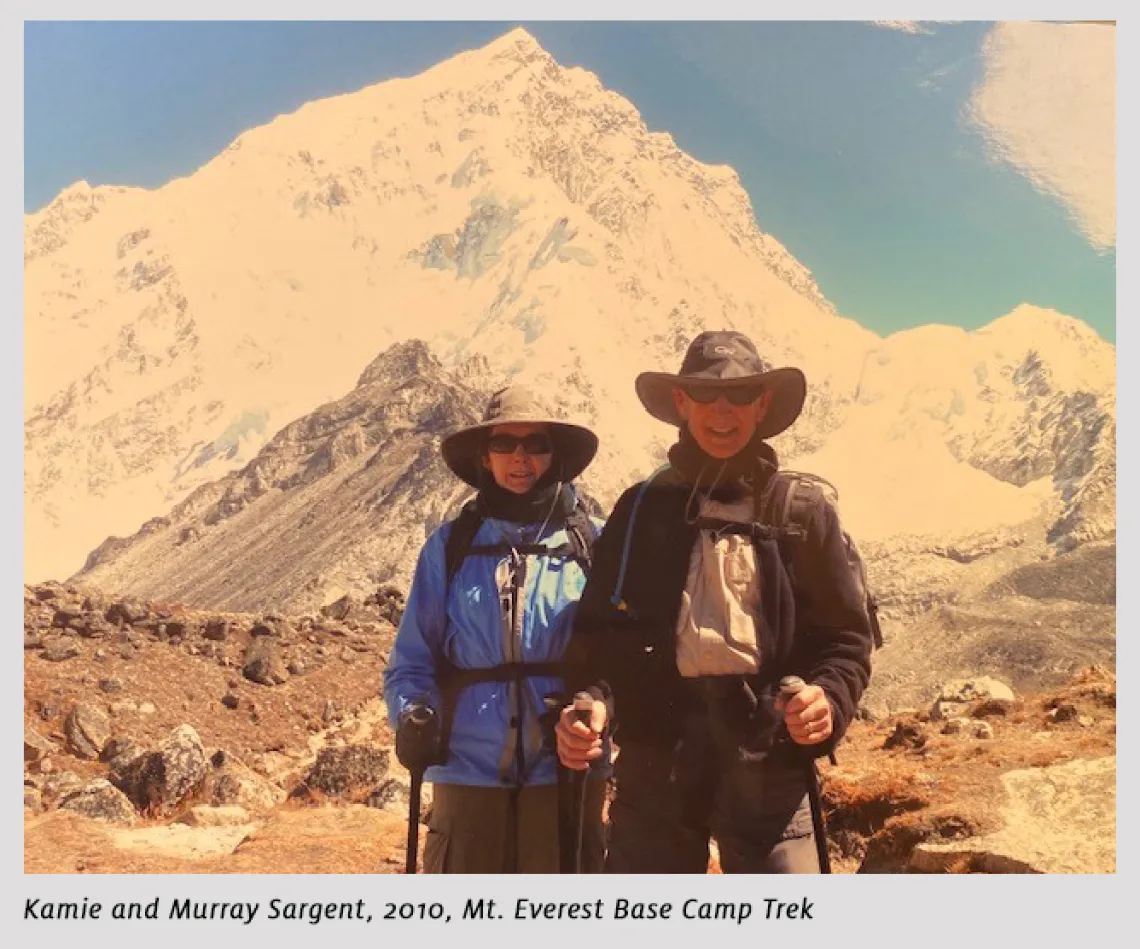
In 1996, Helga died after fighting colon cancer valiantly for five years. A couple of years later, specifically on Christmas Eve, I married Kamie Netzorg. She was a widow with two children, Brett and Kristy, who are nearly the same ages as Nicole and Tina respectively.
Kamie and I love to travel, ride bicycles, ski, scuba dive and hike/trek. I have day hiked the Grand Canyon rim-to-rim twice and have summited Mount Baker (10,781 feet) and Mount Rainer (14,411 feet). In 2010—on the recommendation of Harry and Cathy Barrett—Kamie, her son Brett, and I trekked into the Mt. Everest base camp and summited Kala Pathhar, at an elevation of 18,514 feet.
I also play classical guitar and sing with the Alumni of the Yale Russian Chorus, and Kamie and I enjoy spending time with our five grandchildren.
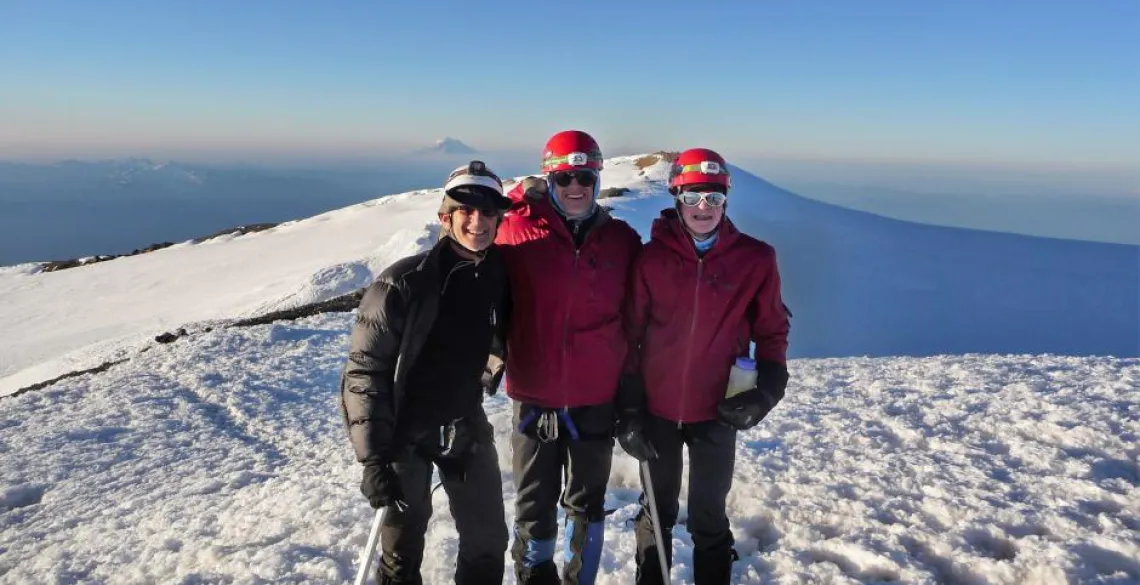
Murray (L) summiting Mount Rainer with Rodney (C) and Dylan Tom
Books and Manuals
M. Sargent III, M. O. Scully and W. E. Lamb, Jr., Laser Physics, Addison-Wesley Publishing Co., Reading, Mass. (1974).
M. Sargent III and R. L. Shoemaker, Interfacing Microcomputers to the Real World, Addison-Wesley Publishing Co., Reading Mass. (1981).
M. Sargent III and R. L. Shoemaker, The IBM Personal Computer from the Inside Out, Addison-Wesley Publishing Co., Reading Mass. (1984).
M. Sargent III and R. L. Shoemaker, The IBM Personal Computer from the Inside Out, Revised edition, Addison-Wesley Publishing Co., Reading Mass. (1986).
M. Sargent III R. L. Shoemaker, and E. Stelzer, Assemblersprache und Hardware des IBM PC, Addison-Wesley Publishing Co., Reading Mass. (1986).
M. Sargent III, PS Technical Word Processor Reference Manual, Scroll Systems, Tucson, AZ (1984-1991) (multiple updates).
M. Sargent III, SST Debugger Reference Manual, Scroll Systems, Tucson, AZ (1984- ) (continual updates).
P. Meystre and M. Sargent III, Elements of Quantum Optics, Springer-Verlag, Heidelberg (1990, 1991, 1999).
M. Sargent III and N. Sargent, PMATE Reference Manual, Scroll Systems, Tucson, AZ (1990-1991) (multiple updates).
W. W. Chow, S. W. Koch, and M. Sargent III, Semiconductor Laser Physics, Springer-Verlag, New York (1994).
M. Sargent III and R. L. Shoemaker, The PC from the Inside Out, Third Edition, Addison-Wesley Publishing Co., Reading Mass. (1995).
Alexander Mamishev and Murray Sargent, Creating Research and Scientific Documents with Microsoft Word, Microsoft Press, Redmond, WA (2013).
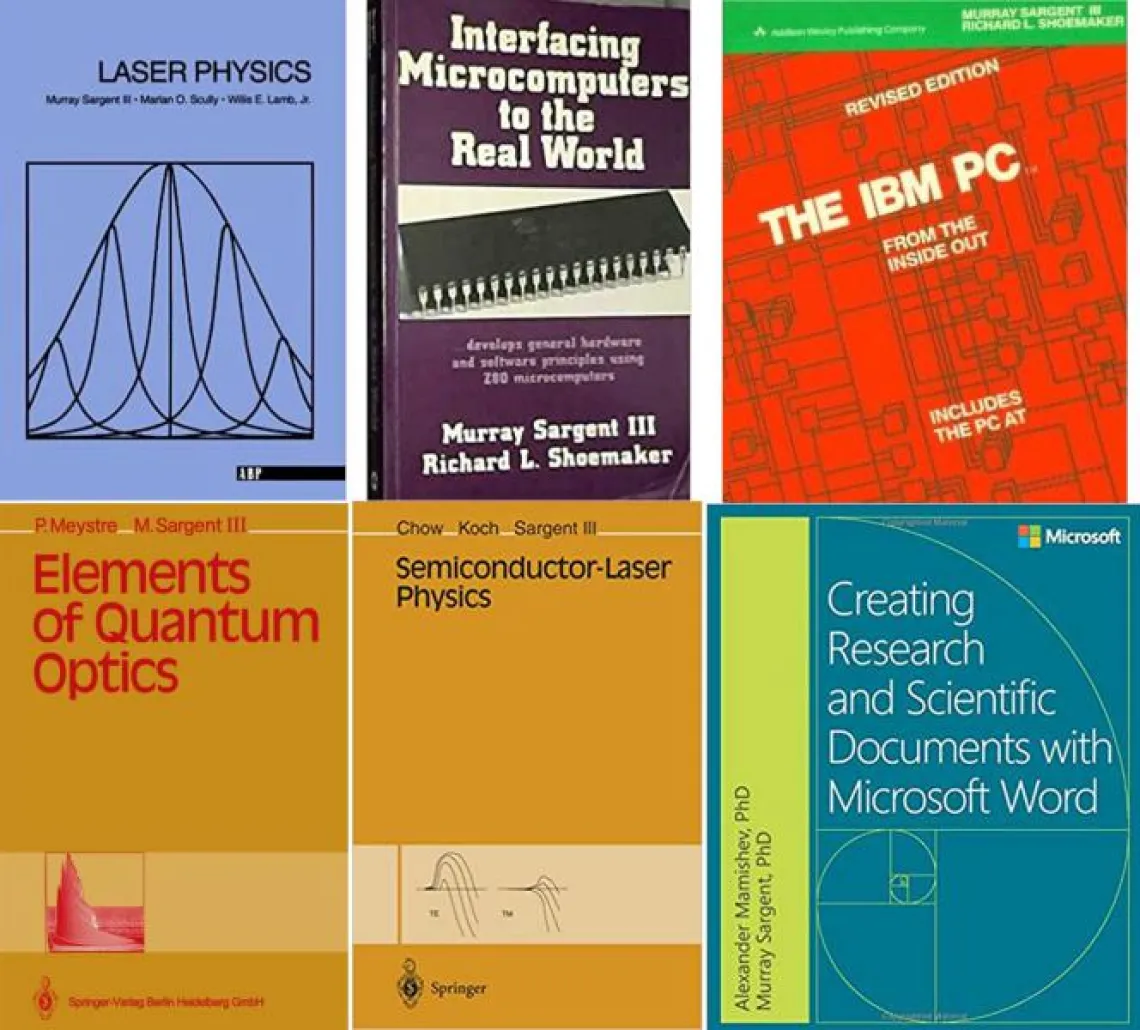
Dates for Book Publications (Top to Bottom, Left to Right): 1974 Laser Physics, 1981 Interfacing Microcomputers, 1986 The IBM PC, 1990 Elements of Quantum Optics, 1994 Semiconductor-Laser Physics, 2013 Creating Research and Scientific Documents.
Patents
D. Bangs, A. Gounares, J. O’Neill, M. Sargent III, and I. Zaika, #5802380: Method and system for uniform access to textual data (granted Sept 1998).
Murray Sargent, Jennifer P. Michelstein, Ethan Joseph Bernstein, Said Abou-Hallawa, #20060059214, “Systems and Methods for Automated Equation Buildup” (granted Sept 2004).
Murray Sargent, Jennifer P. Michelstein, Ethan Joseph Bernstein, Said Abou-Hallawa, Isao Yamauchi, #20060059217, “Mathematical Expression Buildup and Builddown” (granted Sept 2005).
William B. Kunz, Xin Li, Luke Kelly, Jinsong Yu, Seth R. Atkinson, Murray Sargent, #, “Math Calculation in Word Processors” (granted July, 2007)
